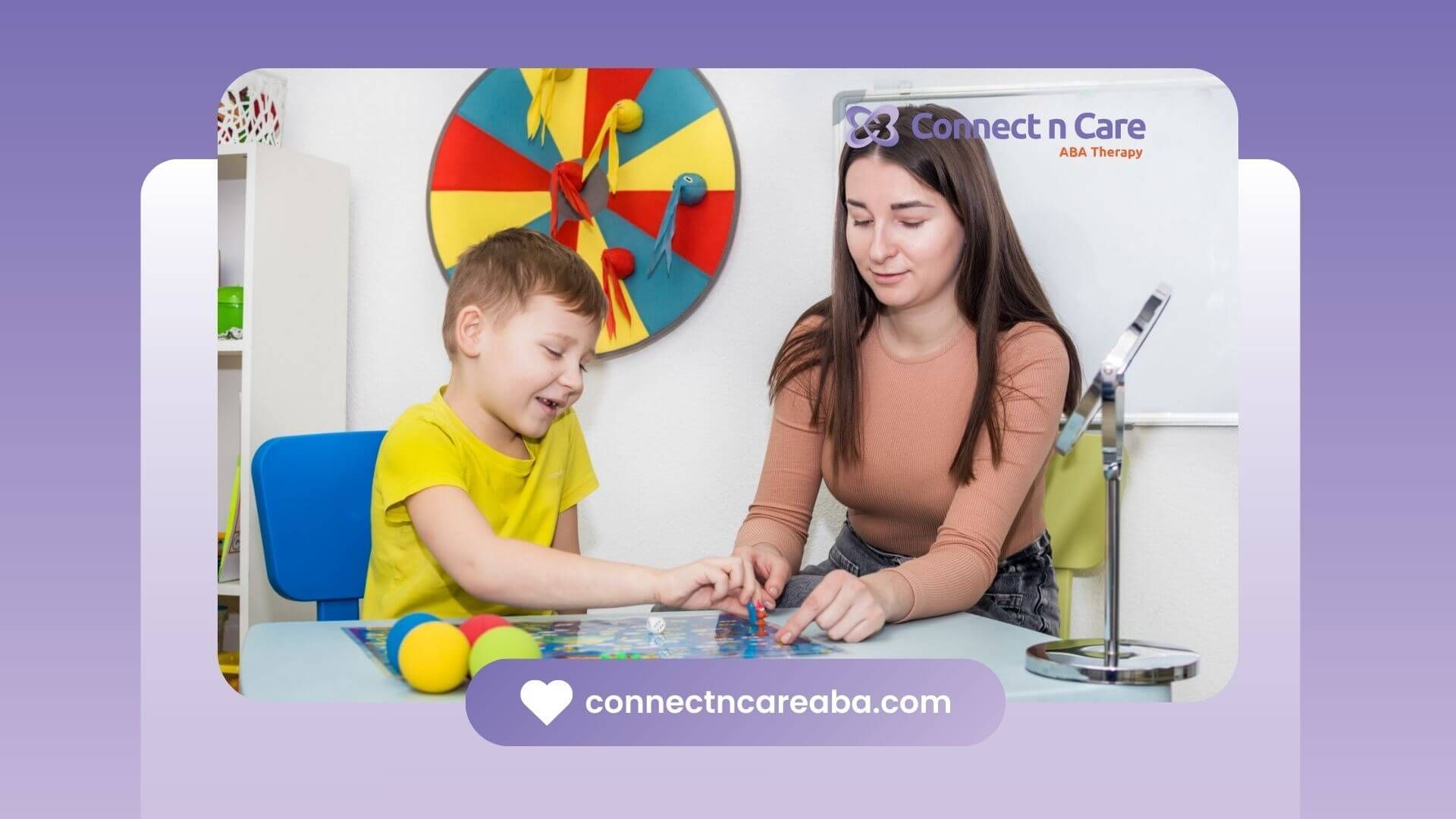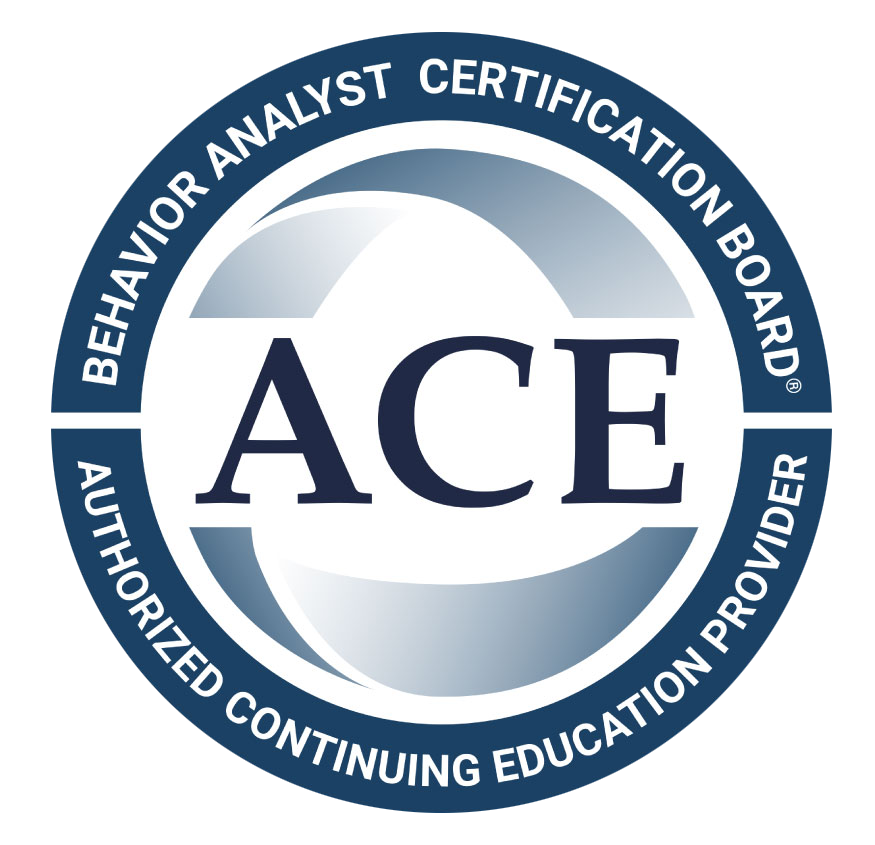It’s not uncommon for people to wonder whether certain behaviors are signs of autism or simply traits of introversion. While both may involve a preference for solitude or difficulty in social situations, the key differences lie in the depth and consistency of these behaviors.
This quick guide will help you identify the key distinctions, so you can better understand yourself or others.
What’s the Difference Between Autism and Introversion?
Introversion is a personality trait where individuals feel drained by social interactions and recharge through alone time. It’s not a disorder but rather a natural preference for quieter, less stimulating environments.
Introverts are usually able to adapt to social situations when necessary, though they may not always enjoy them. On the other hand, autism is a developmental disorder that affects how a person experiences and interacts with the world.
While individuals with autism may also enjoy solitude, they often struggle with social communication, sensory sensitivities, and understanding nonverbal cues.
Autism presents itself in more consistent patterns and can impact many areas of life, from school to work, and relationships.
Signs to Look For
If someone has difficulty reading social cues, struggles with changes in routine, or exhibits repetitive behaviors, these could be signs of autism.
Introverts, however, may simply prefer being alone and find large social gatherings tiring but can still engage with others in more manageable ways. It’s important to consider the context and overall behavior patterns when determining whether someone is introverted or on the autism spectrum.
If you or a loved one need guidance, Connect N Care offers exceptional ABA therapy in North Carolina and Virginia, tailored to help individuals with autism reach their full potential. Our autism services are designed to support social development and communication in a caring, personalized environment.









